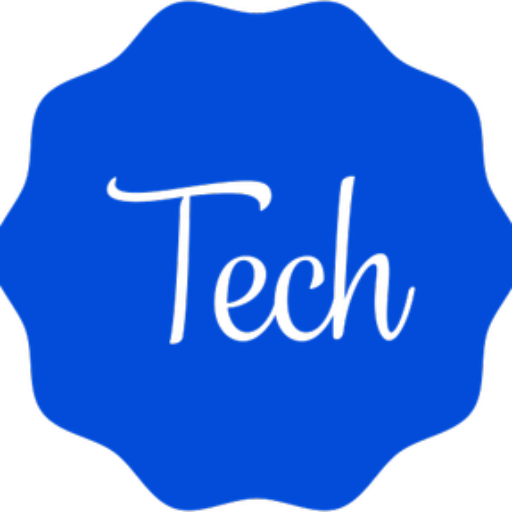Introduction
Demystifying Blockchain Technology a comprehensive Guied Demystifying Blockchain Technology A Comprehensive Guied Demystifying Blockchain Technology: A Comprehensive Guied Blockchain technology has emerged as one of the most transformative innovations of the 21st century. Initially introduced as the underlying technology for cryptocurrencies like Bitcoin, blockchain has evolved far beyond its original use case. Today, it has found applications in various industries, including finance, supply chain management, healthcare, and more. This comprehensive guide aims to demystify the intricate technology behind blockchain, providing a deep dive into its core components, functioning, and real-world applications.
1: Understanding the fundamentals
1.1 What is Blockchain?
At its core, blockchain is distributed ledger technology that enables secure and transparent record-keeping. It consists of a chain of blocks, each containing a list of transactions. These blocks are linked together in chronological order, forming a continuous chain. One of the key features of blockchain is decentralization, meaning that no single entity has complete control over the network. This decentralization is achieved through a network of nodes that validate and record transactions.
1.2 How Does Blockchain Work?
Demystifying Blockchain Technology: A Comprehensive Guied To comprehend blockchain technology, it’s essential to understand its working mechanism. Transactions are grouped into blocks and added to the blockchain through a process called “mining.” Miners compete to solve complex mathematical puzzles, and the first to solve it gets the right to add the next block. This process ensures blockchain security and immutability.
2: Core Blockchain Components
2.1 Cryptography
Cryptography plays a vital role in blockchain technology. It provides the necessary security to protect data within blocks and verify network participants’ identities. Public and private keys, digital signatures, and hashing algorithms are key cryptographic elements used in blockchain.
2.2 Consensus Mechanisms
Blockchain networks rely on consensus mechanisms to agree on transaction validity. Explore popular consensus mechanisms like Proof of Work (PoW) and Proof of Stake (PoS), and their pros and cons.
2.3 Smart Contracts
Smart contracts are self-executing contracts with predefined rules and conditions. They automate processes, eliminate intermediaries, and are a crucial component of blockchain ecosystems like Ethereum. Dive into the technical aspects of smart contracts and their applications.
3: Blockchain variants
3.1 Public vs. Private Blockchains
Discover the differences between public and private blockchains, their use cases, and the implications of access control and permissions.
3.2 Permissioned vs. Permissionless Blockchains
Explore the nuances of permissioned and permissionless blockchains. Understand why some industries prefer permissioned networks for enhanced control and privacy.
4: Real-World Applications
4.1 Financial Services
Blockchain has disrupted the financial industry with applications in cross-border payments, remittances, and even the issuance of digital assets. Learn how blockchain is reshaping the economic landscape.
4.2 Supply chain management
Traceability and transparency are vital in supply chain management. Discover how blockchain enhances supply chain efficiency by providing end-to-end visibility.
4.3 Healthcare
Blockchain technology is revolutionizing healthcare by securely storing and sharing patient data, ensuring data integrity, and enabling seamless interoperability among healthcare providers.
4.4 Voting Systems
Blockchain has the potential to improve voting systems’ integrity and security. Explore its applications in ensuring fair and tamper-proof elections.
5 Challenges and Future Developments
5.1 Scalability
Scalability remains a challenge for many blockchain networks. Learn about scalability issues and ongoing efforts to address them.
5.2 Regulatory and Legal Concerns
Blockchain technology faces regulatory hurdles in various jurisdictions. Examine the legal landscape surrounding blockchain and the need for regulatory clarity.
5.3 Future trends
Explore emerging trends in blockchain technology, including interoperability solutions, quantum-resistant cryptography, and the integration of blockchain with other emerging technologies like IoT and AI.
Conclusion
In conclusion, blockchain technology has come a long way since its inception. It has evolved into a versatile tool with the potential to transform industries, improve transparency, and revolutionize transactions. By understanding the fundamentals, core components, variants, and real-world applications of blockchain, we can better appreciate its significance in today’s rapidly changing world and anticipate the innovations it will bring in the future. Blockchain is not just a buzzword; it is a technological revolution that is here to stay.





